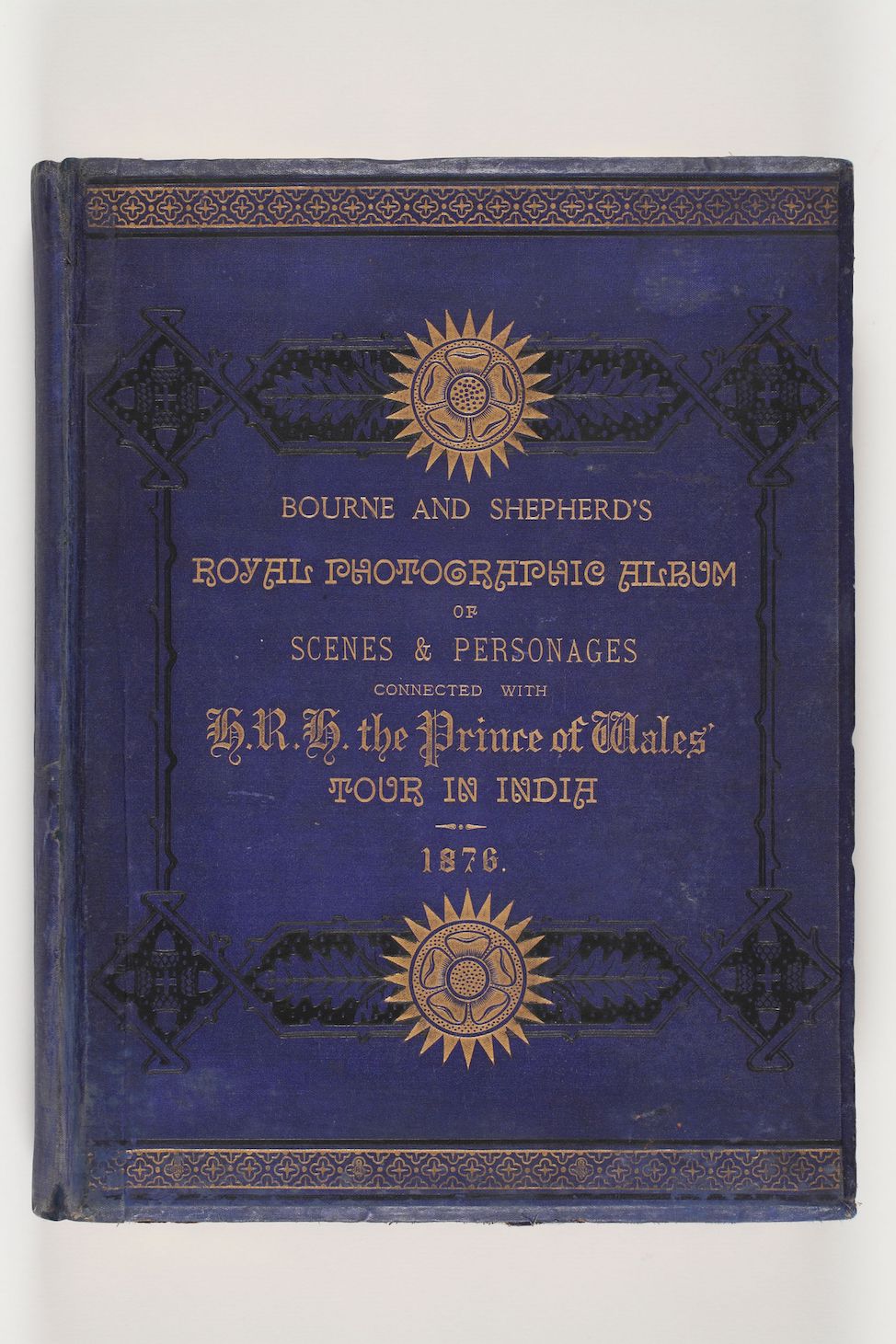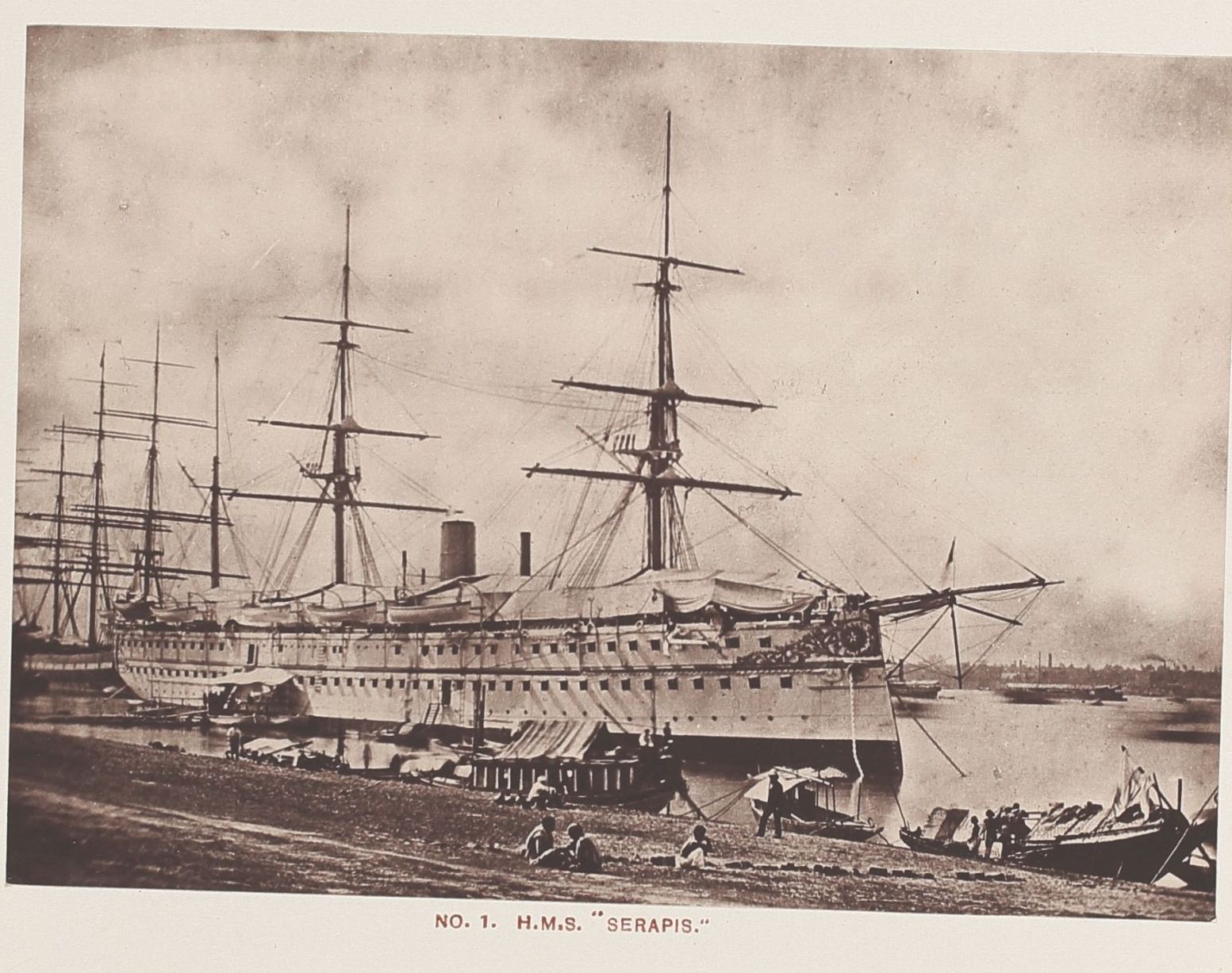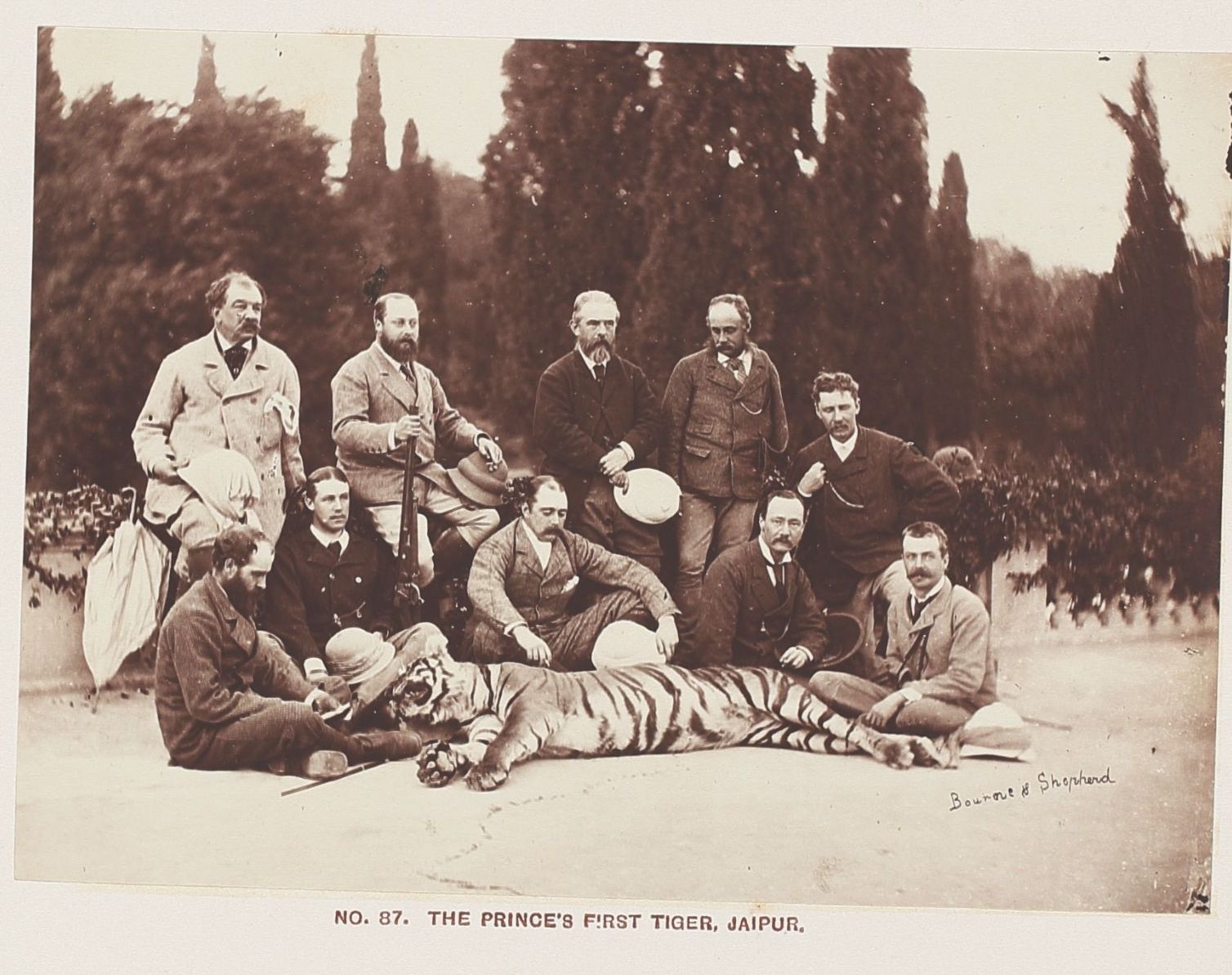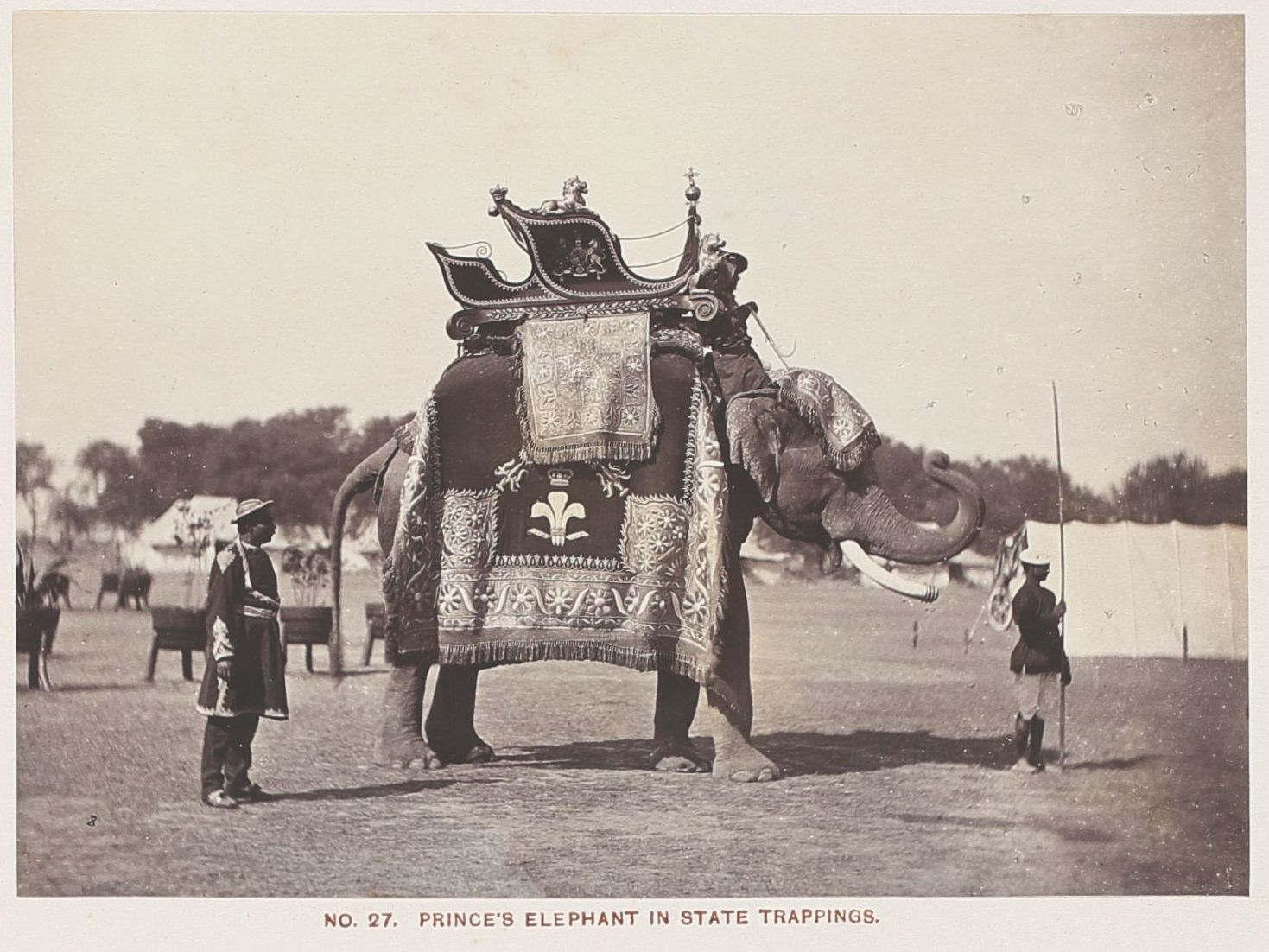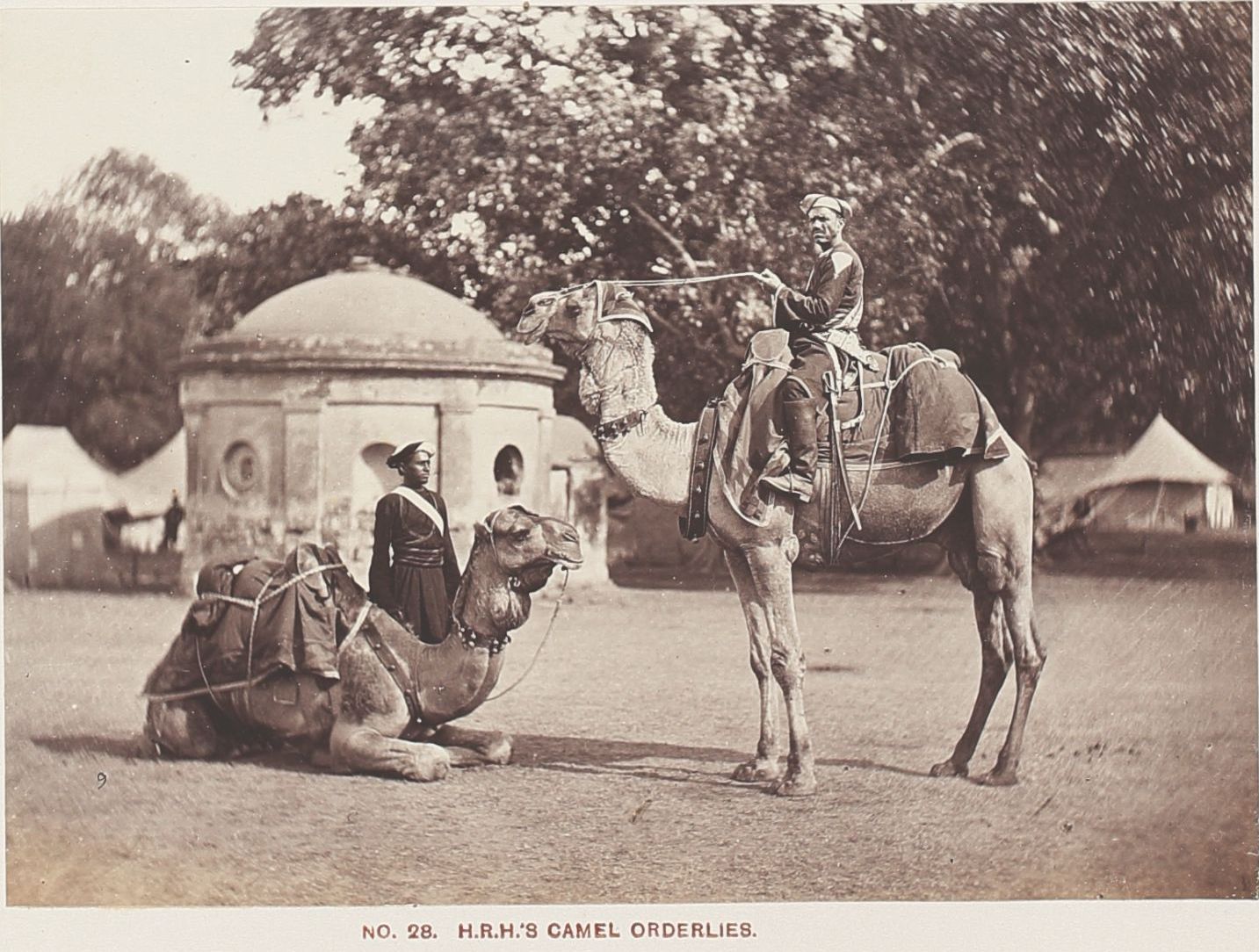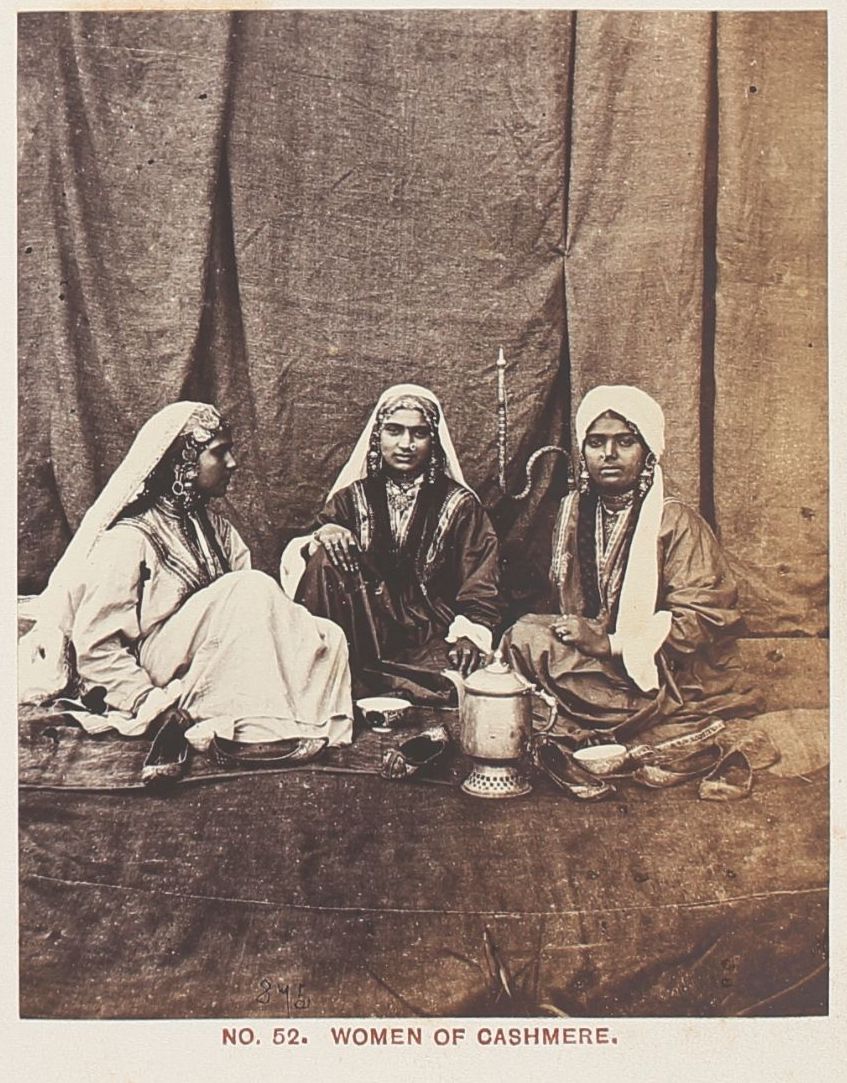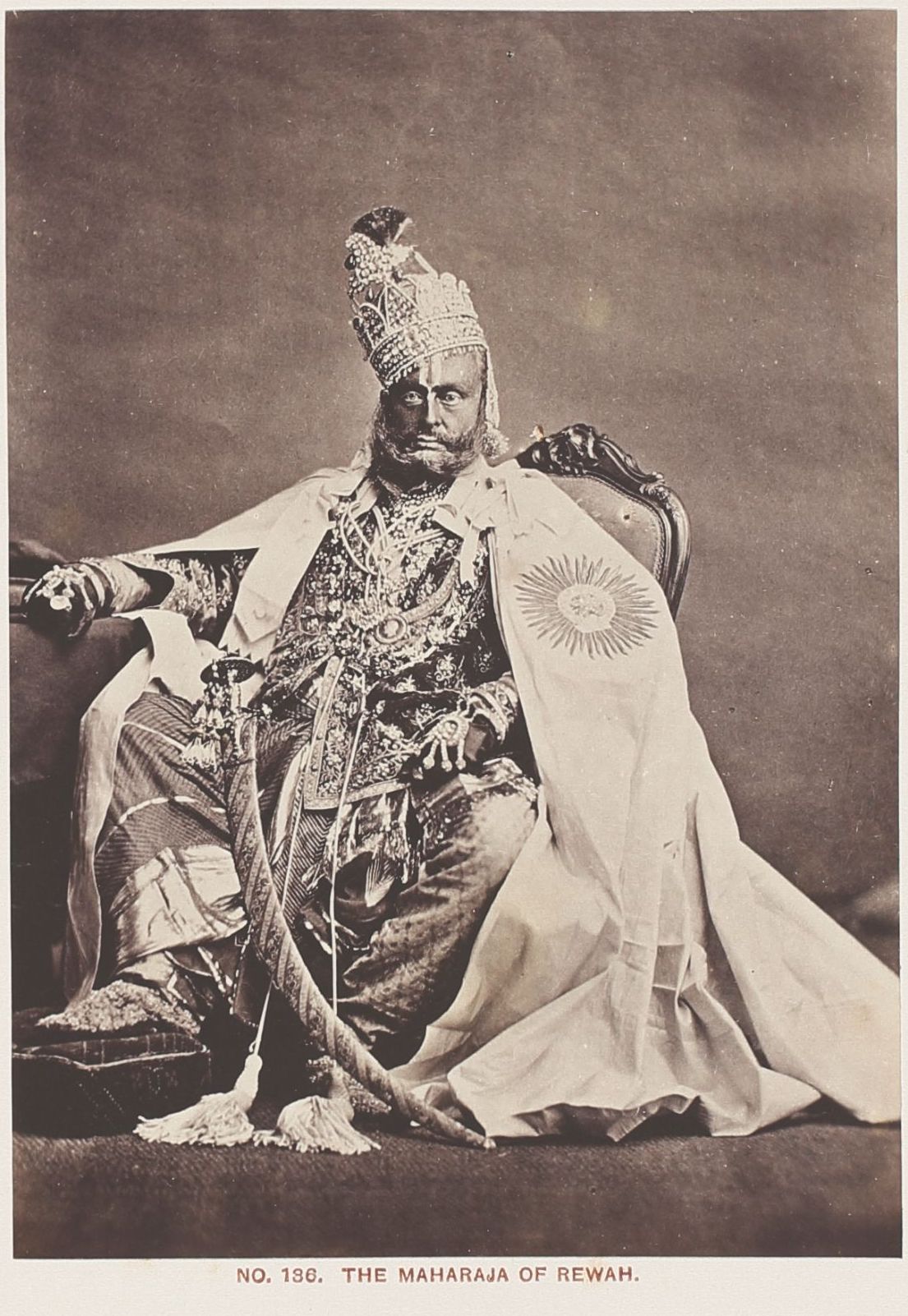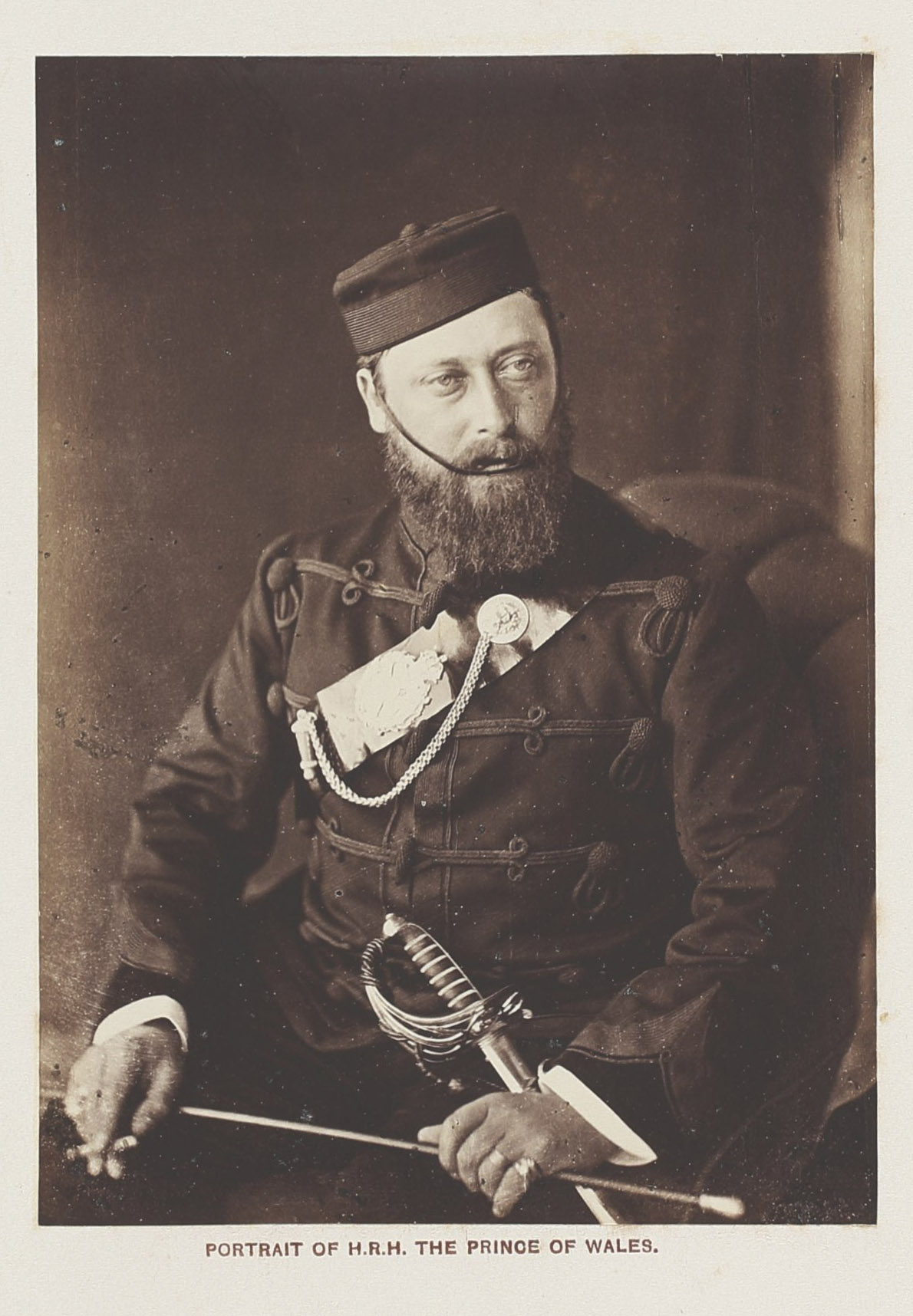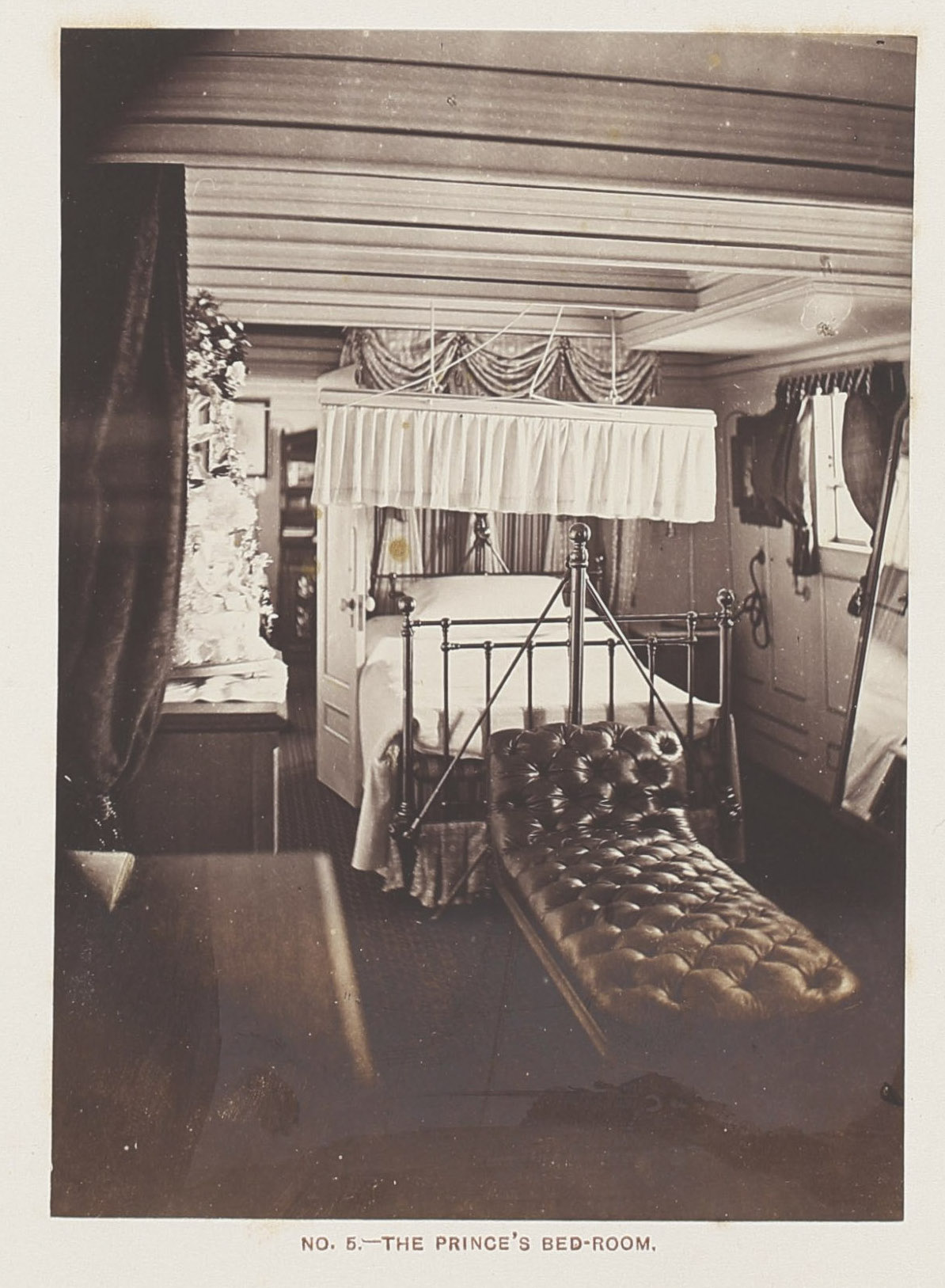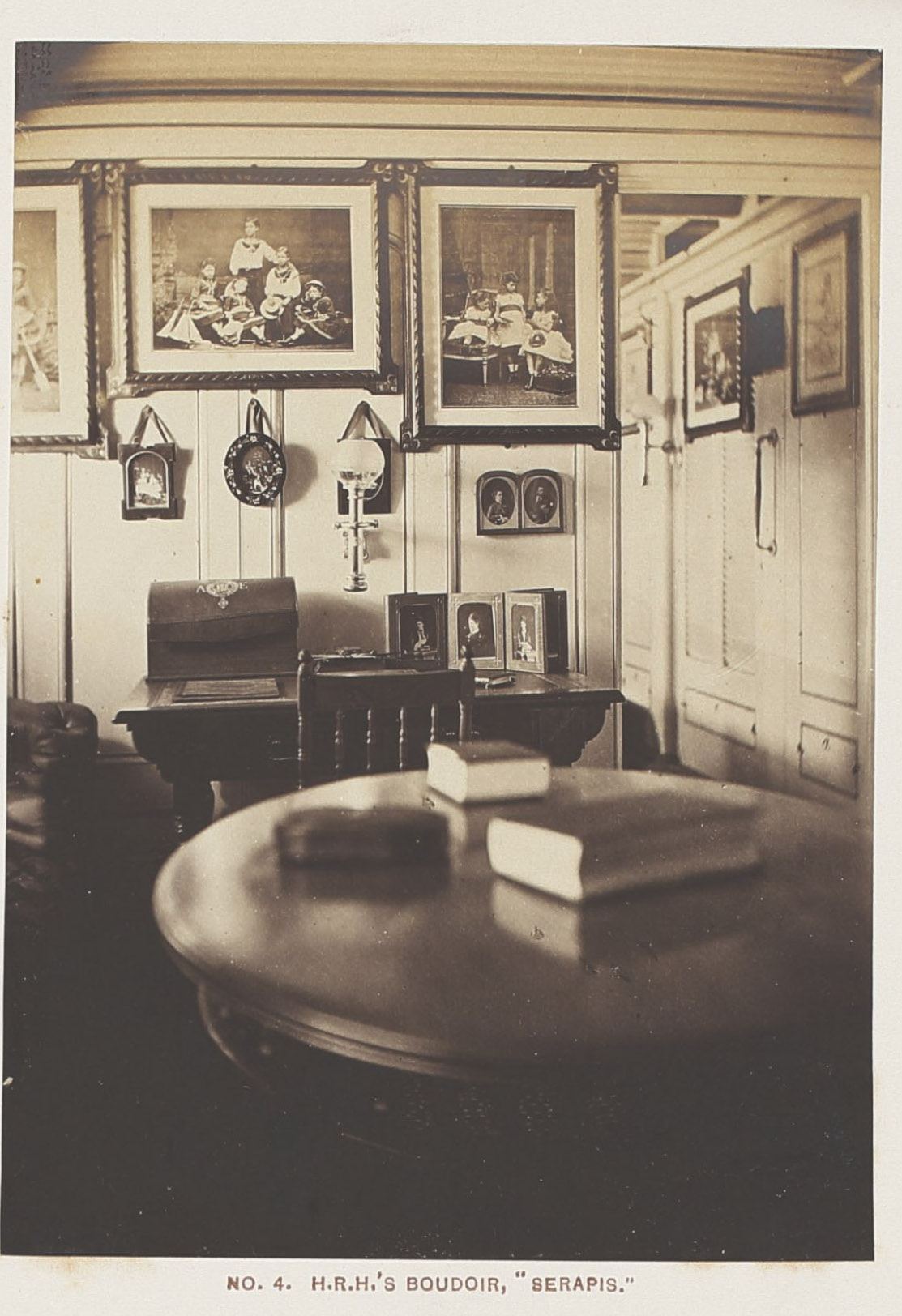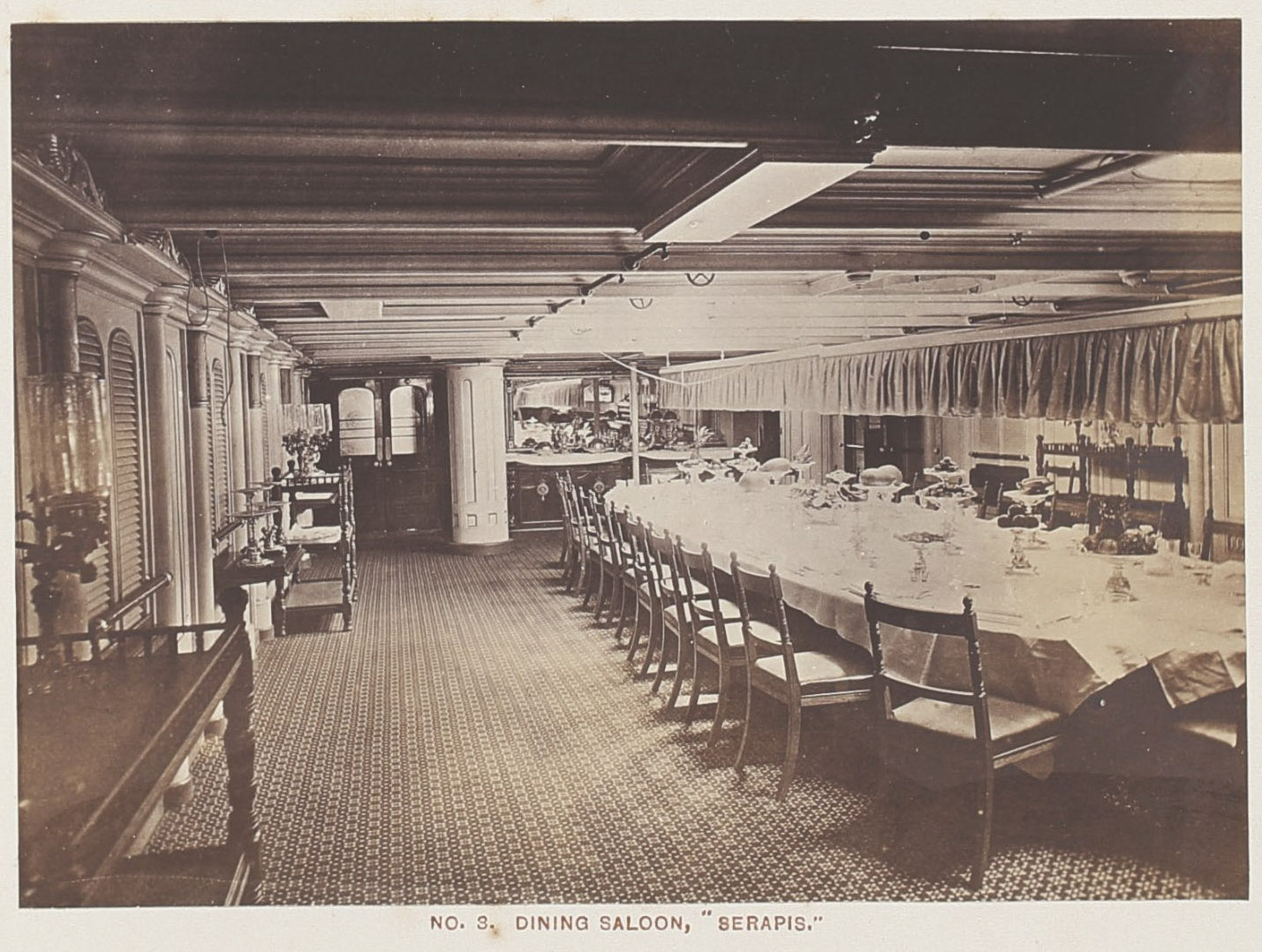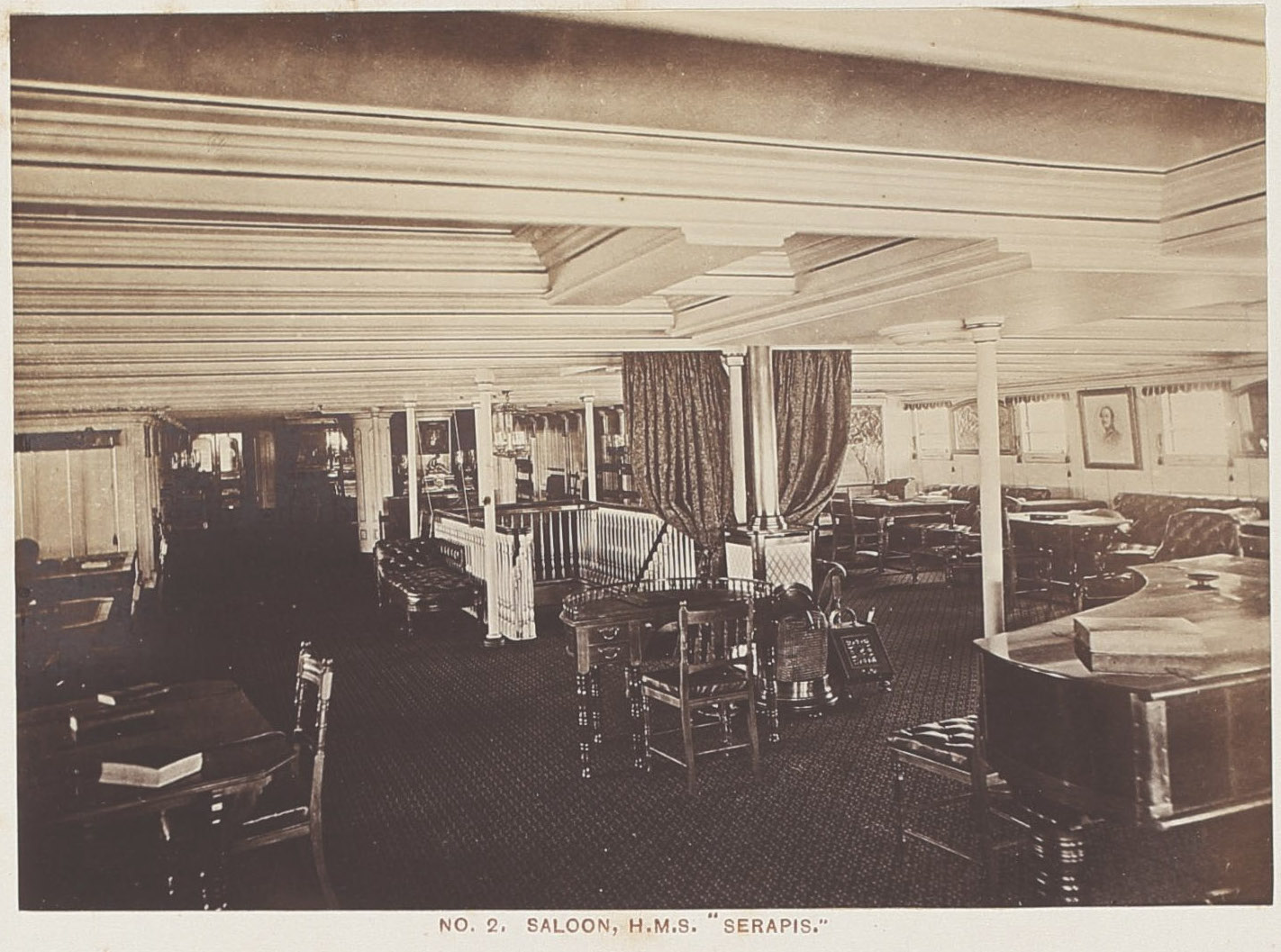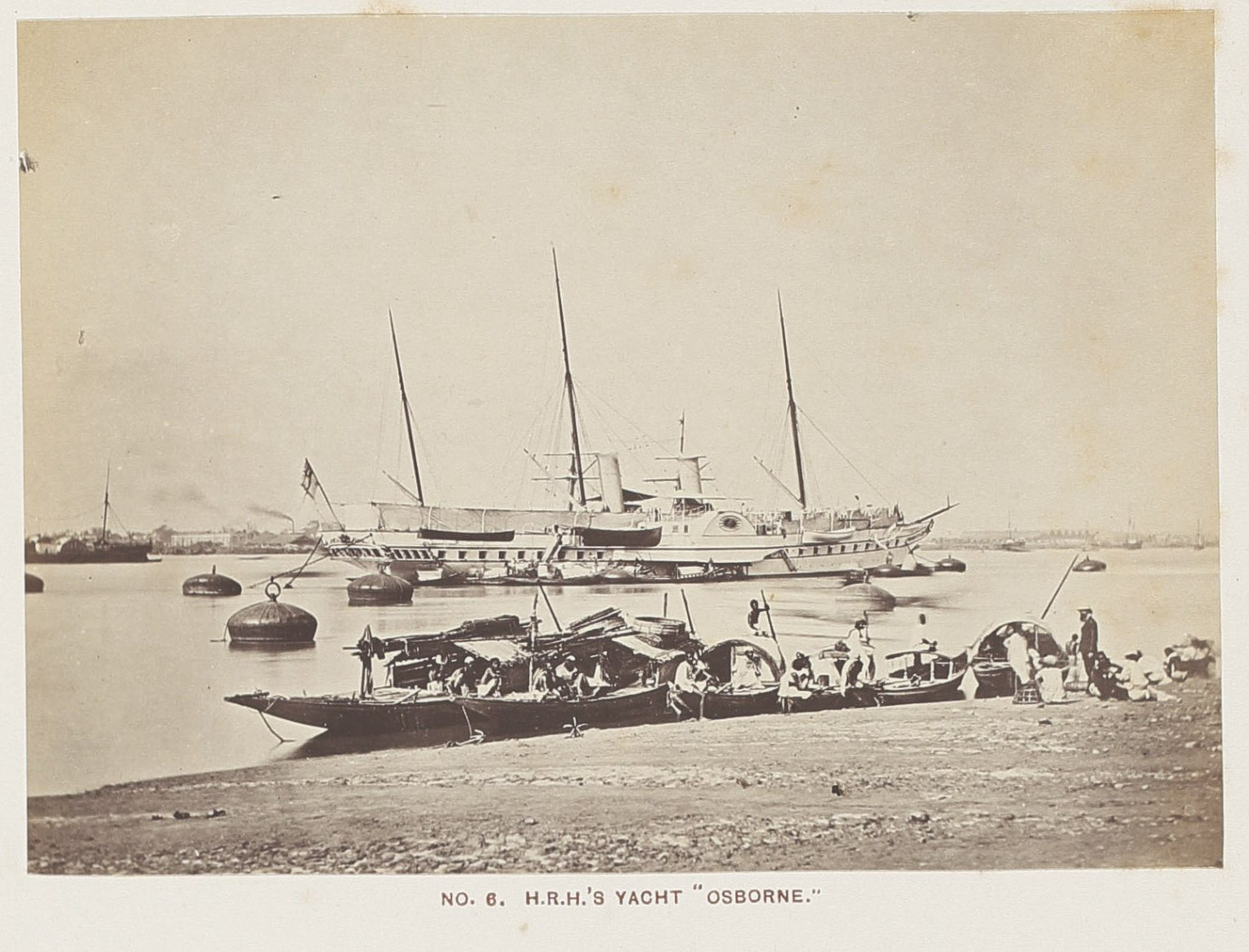Images from Bourne and Shepherd's Royal Photographic Album of Scenes and Personages connected with the progress H.R.H the Prince of Wales through Bengal, the North West provinces, the Punjab and Nepal, 1876 © Sarmaya Arts Foundation (2020.1.6)
In 1875, while Queen Victoria reigned as Empress of India, her heir Edward VII was sent to tour the country and shore up goodwill for the Crown. This was a political necessity following the Revolt of 1857, a violent conflict with Indians that the British won only “by the skin of their teeth”, according to eminent historian Rudrangshu Mukherjee. [Listen to his rousing narrative of the events of 1857 aka ‘the first war of Indian independence’ here.] After the East India Company was liquidated and transfer of power over India passed to the Crown, British royals would embark on such public-relation tours to establish relations with influential Indians and grasp the cultural and political lie of the land.
Prince Albert Edward travelled extensively between November 1875 and May 1876, attempting to restore British diplomatic ties with several regional chiefs and rulers of the Subcontinent. The eight-month tour stopped at locations in present-day India, Sri Lanka, Pakistan and Nepal. It was documented by a leading Indian photo studio, Bourne & Shepherd. Later, over 140 photographic prints from the visit were compiled into an album: Royal Photographic Album of Scenes and Personages connected with the progress H.R.H the Prince of Wales through Bengal, the North West provinces, the Punjab and Nepal. This album is part of the Sarmaya collection.
The Prince is said to have visited over twenty-one towns and cities during the tour, which was minutely documented by scribes embedded in the royal party. All this information is now housed in the archives of the Royal Collection Trust. In 2018, the RCT mounted an exhibition at the Buckingham Palace to showcase the official gifts received by the Prince during this tour. The show and publication based on it were titled, Splendours of the Subcontinent: A Prince's Tour of India 1875–76.
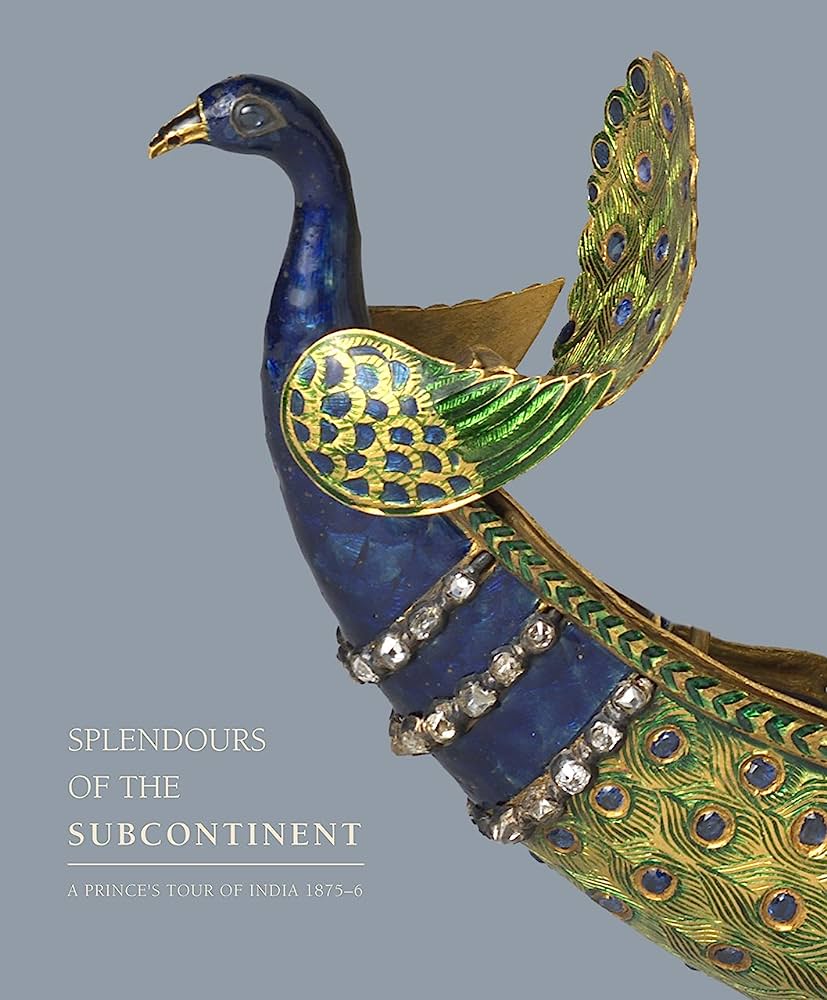
An important aspect of Indian diplomacy was an exchange of gifts. The Prince presented commemorative gold and silver medals, bracelets, rings, lockets and watches commissioned from the crown jeweller, Garrard and Co., and presentation rifles, swords and daggers from Purdey and Sons and the Wilkinson Sword Company. Illustrated books such as Joseph Nash’s Views of the Interior and Exterior of Windsor Castle and portrait prints of the Prince and Princess of Wales and Queen Victoria were also presented as gifts to the Indian rulers. In return, the Prince received gifts linked with Indian court traditions, many of which displayed craftsmanship that was much admired in England.
From ‘The Prince of Wales's Tour of India in 1875-6’, Royal Collection Trust
HMS Serapis was originally designed to transport troops to and from India. It had ample internal space for the troops as well as storage space for military equipment and regimental animals. This former use, as well as the space available, meant that it was considered to be the most suitable ship for the Prince's tour. At various stops, the ship was used to host formal gatherings such as dinners and receptions. The saloon was furnished with heavy bronze-yellow curtains decorated with Indian-inspired patterns that could be drawn to divide the saloon into a reception room, a dining room and a drawing room.
It was a no-brainer that the firm of Bourne & Shepherd should have landed this princely commission. A partnership between two pioneering photographers, Samuel Bourne and Charles Shepherd, the studio was the preeminent choice for royal portraits and scenic landscapes of India both across the Subcontinent and in England. Even as it changed owners over its history, Bourne & Shepherd would make history as Asia’s first and the world’s longest running photo studio; after 176 years, its Kolkata office was shuttered in 2016.
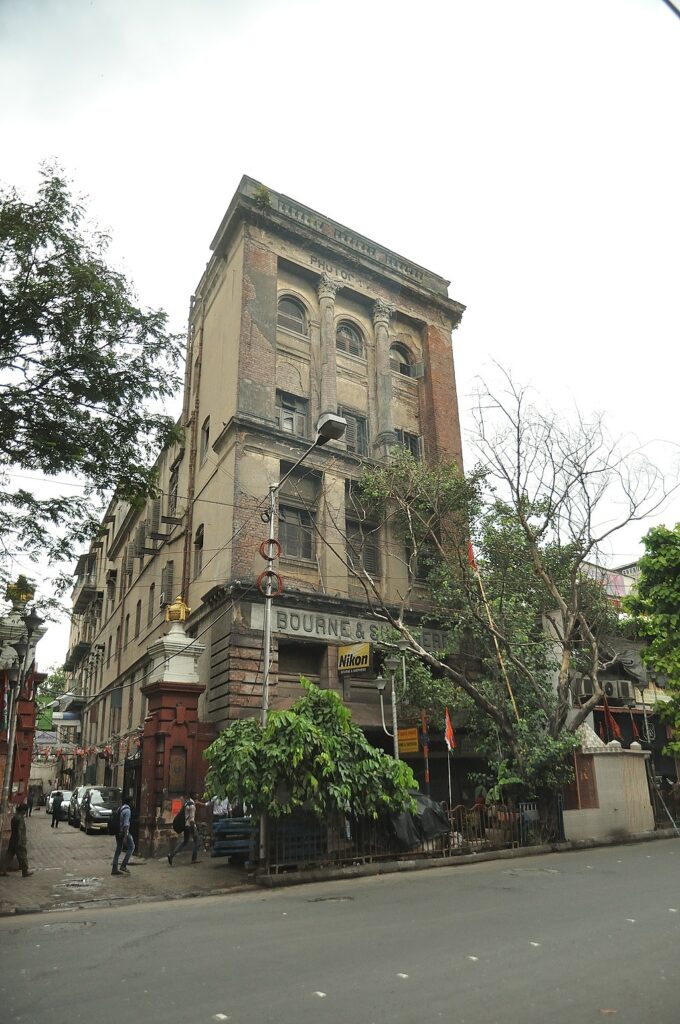
Bourne & Shepherd, Kolkata, image by Biswarup Ganguly, CC BY 3.0, via Wikimedia Commons

